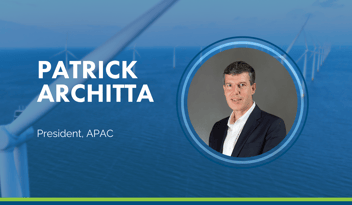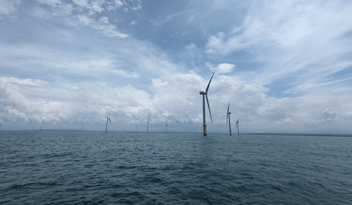
Unwrapping the European Wind Power Package
The announcement of the package outlined six main pillars of action: faster permitting and deployment; improved auction design; improved access to finance; monitoring unfair trade practices; large-scale development of skills; and commitments from member states for a collective EU wind charter.
State implementation key
These efforts are commendable. In fact, they’re crucial. But challenges lie ahead, particularly in their implementation across a diverse landscape of member states, each with their own geographies, economies, grid infrastructure, and legislation. To safeguard Europe’s competitiveness, the success of the package will hinge on the seamless execution of clear, precise measures at the state level.
To begin with, the measures have varied levels of definition. Some present specific, tangible actions: the Accele-RES initiative to digitalise permitting processes, and the liquidity provided by the proposed innovation fund, for example, show clear pipelines from concept to benefit.
Clarity needed
Others remain open to interpretation. Auction design will be improved with “well-designed and objective criteria”; the European Commission will “engage with investors to identify and address obstacles to investment”.
The EU Wind Charter will be formed following “industry engagement and member states’ commitments.”
While promising, obtaining clarity in these directives will be necessary for effective industry-wide alignment, which is unlikely to occur against a backdrop of persistent uncertainties around supply chain and auction complexities.
Inflation factors
On the supply chain side, inflation is a critical component of the equation. Rising material and labour costs have caused hesitancy from developers and investors in the procurement of wind projects. While the demand for energy itself remains inelastic, these tighter margins are compounding with competitive pressure from abroad — countries with cheaper labour, and more access to raw materials, continue to be attractive options.
Regional variations among EU members
In today’s market, an equitable implementation of the package’s aims cannot be achieved by simply ranking member states by their level of market maturity and accounting for numerical differences. Regions such as the Nordics, which are further along, relatively speaking, in their wind energy journeys, struggle less with finance but are facing higher-level hindrances due to a lack of government clarity on paths forward, with construction delayed on various pending projects.
Meanwhile, others such as Lithuania and Estonia, which are typically perceived as less mature, have recently seen success. Despite having less capital to work with, open communication between stakeholders and government and clear regulatory frameworks have enabled smooth progress. This shows that issues must be tackled on a case-by-case basis, with support focused in the right areas.
Investor caution
Investors, facing higher up-front costs and ambitious capacity targets, approach project opportunities with growing caution of a new risk: mishandled regulation. Notable setbacks in markets outside of the EU, such as the initial failure of the UK's Round 5 CfD auctions and Ørsted's cancellation of its US projects, have prompted questions about the potential threat of derailment due to policymaking missteps.
Turbine arms race
The combined effect of this anxiety about long-term commitments, and the resulting rush for profits in the short term, is a negative impact on turbine longevity.
OEMs face pressure to develop larger and larger platforms, despite the importance of optimising existing ones. The rapid rate of this innovation and scale can often outpace concerns about the reliability of the technology used.
Standardised turbines allow for more effective O&M strategies and act as a safeguard against the widespread adoption of immature technologies.
EU efforts to coordinate this standardisation will ensure more reliable turbines, steady the pace development, lower supply chain costs, and bolster confidence in the industry’s ability to scale up in a sustainable way.
Targets
Europe aims to domestically manufacture at least 40% of its clean technology by 2030. Achieving that goal will require not only the careful consideration of all relevant factors, region by region, but active cooperation from all industry stakeholders.
Amid doubts about the bloc's recent competitiveness, achieving a scale-up in clean energy production demands a pact between all industry players, which we could see come to life in the EU wind charter.
A healthy alignment of interests is one which remains conscious of the differences between member states, and ultimately ensures the success of the Package across the many diverse markets of the continent.
Comments by Cristina Fernández, Sales Director, Continental Europe, published in Windpower Monthly.
For more information about our services, click here:




